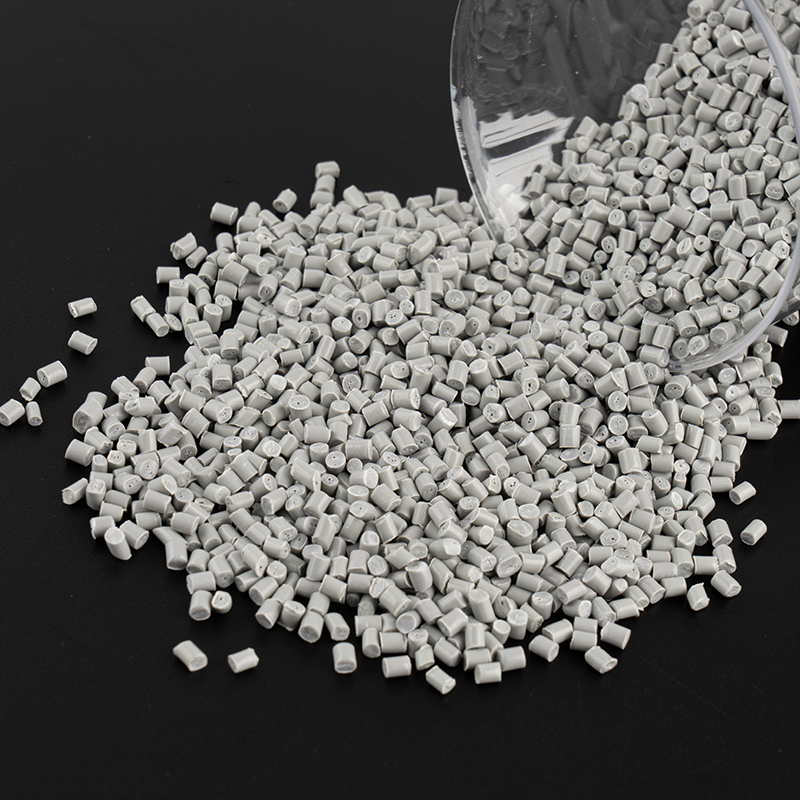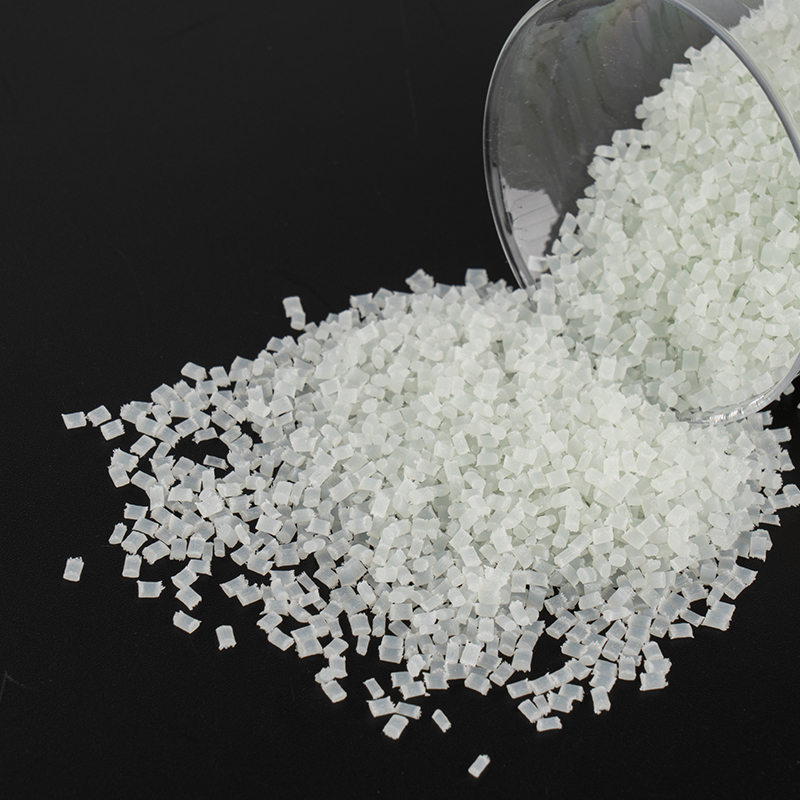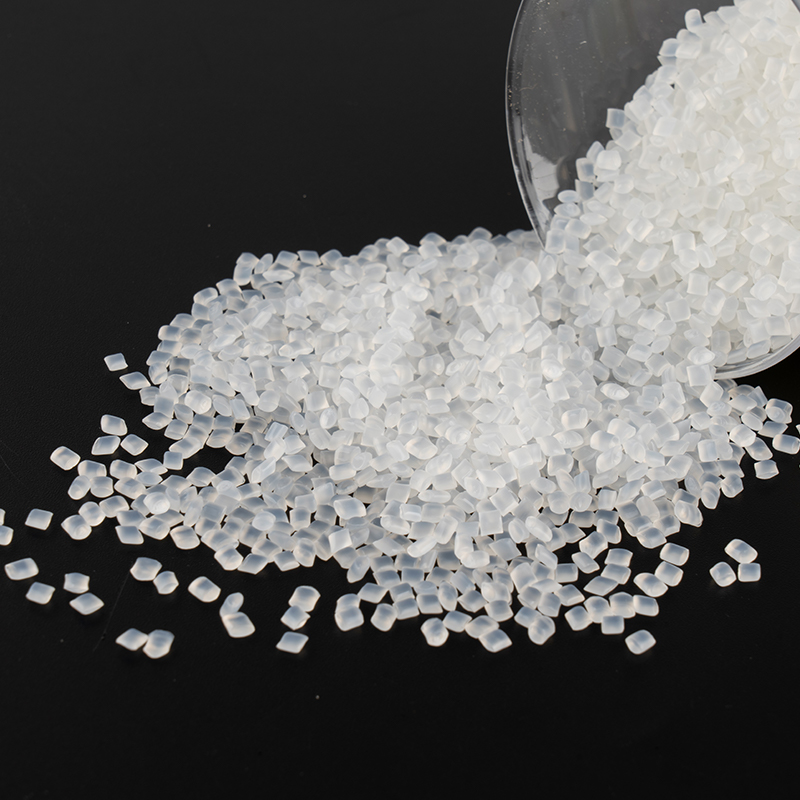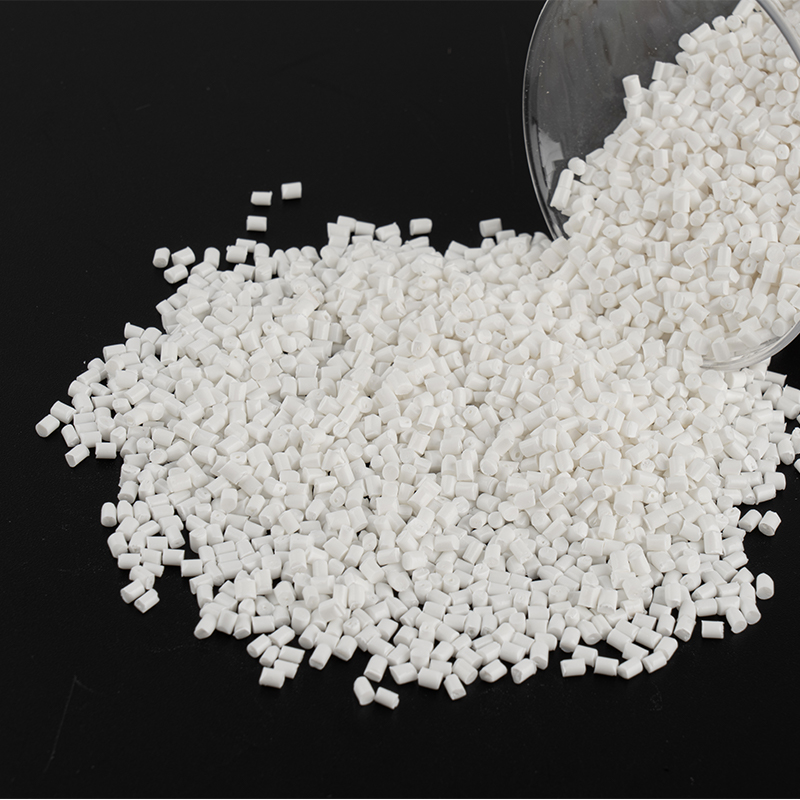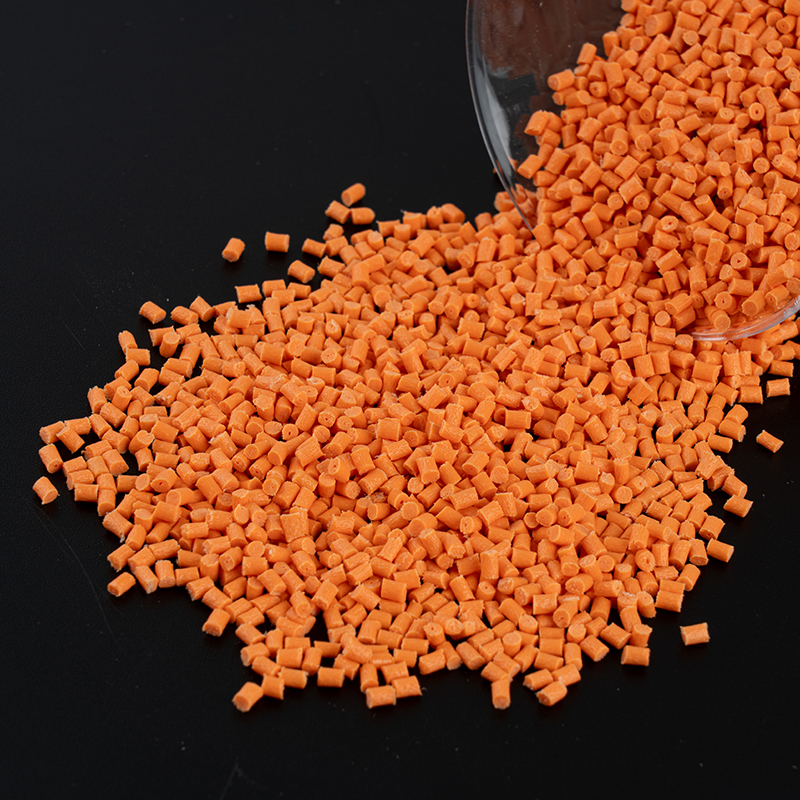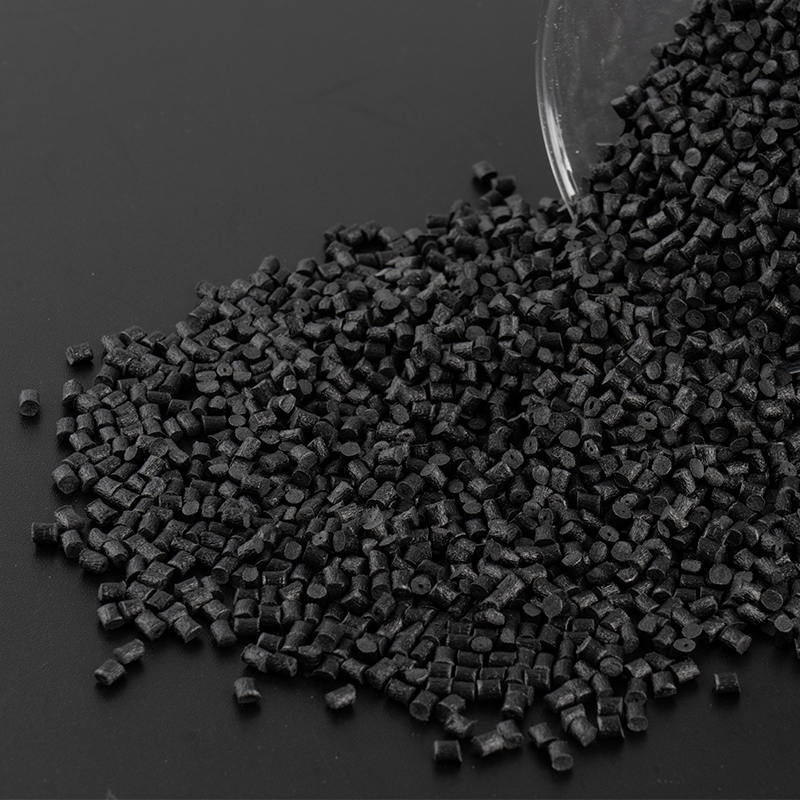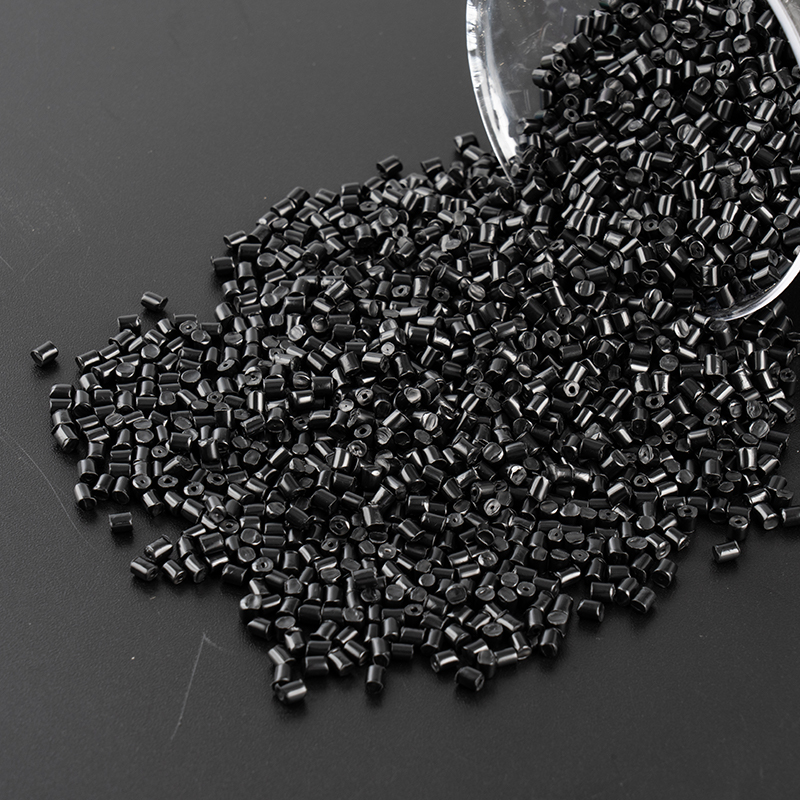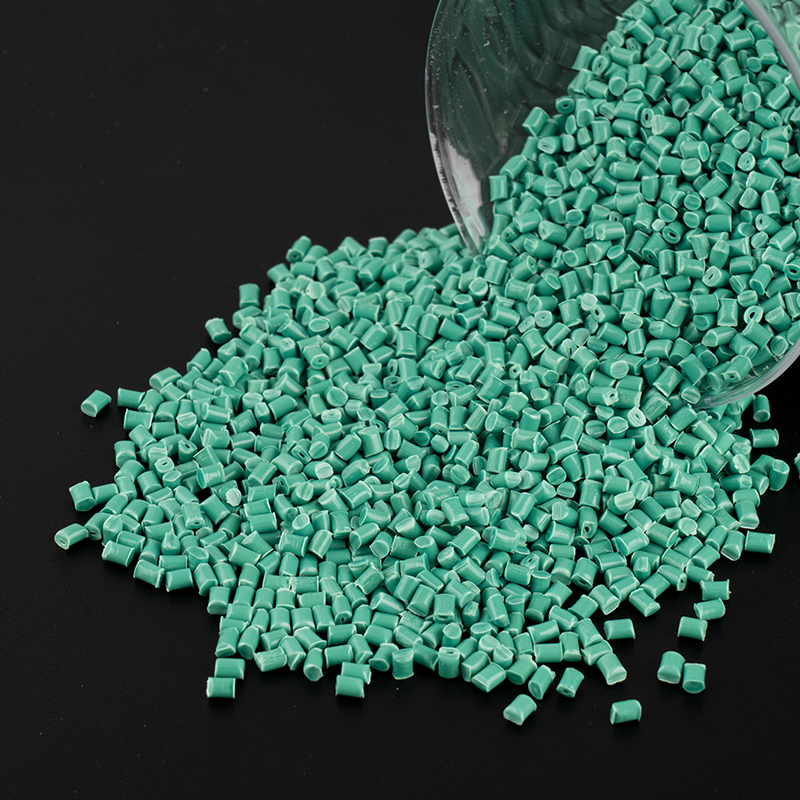1. Lightweight and Easy to Install
A key advantage of plastic door handles is their light weight. Compared to traditional materials like stainless steel, copper, and aluminum, plastic has a lower density, resulting in a lighter overall structure. This characteristic offers several benefits:
Simplified Installation: Due to the inherent lightness of plastic, installation requires less support or additional reinforcement, reducing installation complexity and saving labor and time.
Reduced Wear on Doors: Lighter door handles place less stress on the door and hinges, making them less likely to deform or loosen over time. They are suitable for lightweight doors, cabinet doors, children's room doors, and more.
Easy Shipping and Inventory Management: Lightweight items significantly reduce shipping costs during logistics, offering economic advantages for manufacturers and retailers.
This lightness makes plastic door handles particularly suitable for homes, rentals, apartments, and renovations with limited budgets.
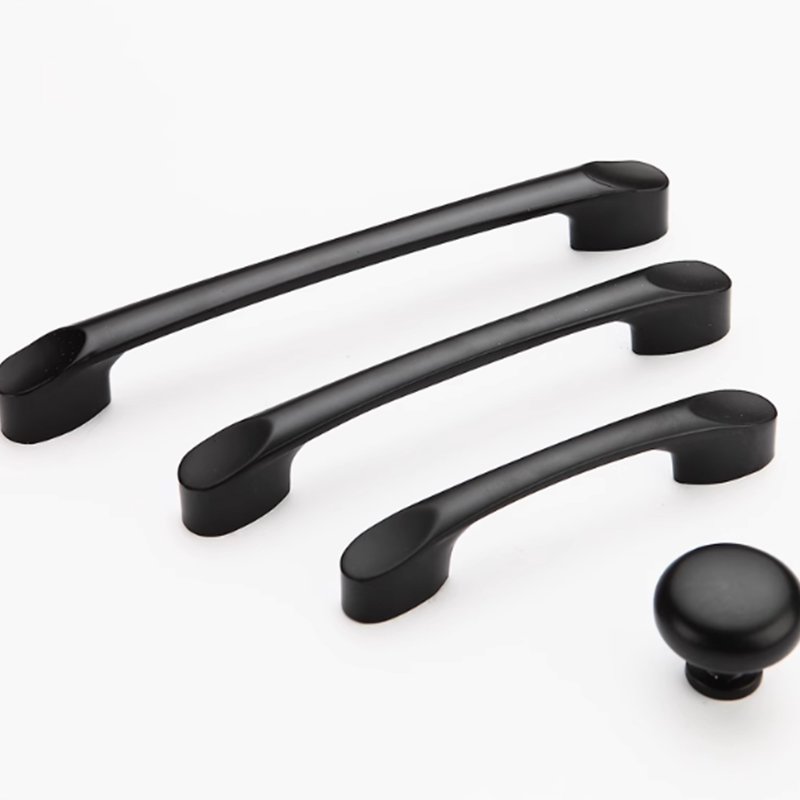
2. Durable in Everyday Use
Although "plastic" is often misunderstood as weak, modern engineering plastics have long since overcome this stereotype. High-quality plastic door handles are typically made from industrial-grade polymers such as ABS (acrylonitrile butadiene styrene), polycarbonate (PC), or polyamide (nylon). They offer the following characteristics:
High impact resistance: These plastic materials possess excellent toughness, maintaining their shape and resisting breakage even under frequent door openings and closings.
Corrosion and chemical resistance: Plastics are less susceptible to oxidation and corrosion than metal, making them suitable for humid environments such as kitchens, bathrooms, hospitals, and coastal buildings.
High-temperature and UV resistance: Some specialized materials can withstand high temperatures and sunlight without fading, making them suitable for outdoor applications or those exposed to sunlight.
Some high-end products also feature antibacterial or scratch-resistant coatings for extra durability.
3. Affordable, Sacrificial Style
Cost advantage is one of the key reasons for the popularity of plastic door handles. Compared to metal door handles, plastics offer greater economics in terms of raw material costs, processing methods, and mold life:
High production efficiency: Plastic door handles are typically injection molded, allowing for a single-shot molding process with a short production cycle, making them suitable for high-volume production. High Design Freedom: Through mold and color matching techniques, plastics can be easily created with a variety of textures, glosses, shapes, and colors, even mimicking the appearance of metal, wood, and stone.
Easier Personalization: Compared to metal, plastics are easier to customize with printing, laser engraving, or custom shapes, making them suitable for personalized decoration and branding.
Consumers can purchase products with a more design-oriented feel at a lower price while still maintaining functionality for everyday use.
4. Growing Applications Across Industries
With advances in plastic processing technology, its applications have expanded beyond household use to include the following industries:
Healthcare: Many hospitals are using antimicrobial plastic door handles, which effectively reduce the spread of germs and are easy to clean and disinfect.
Automotive Interiors: Automakers are increasingly using lightweight plastic door handles to reduce vehicle weight, improve fuel efficiency, and enhance driving performance.
Industrial and Warehousing: In industrial settings, plastic handles are often used in tool boxes, equipment housings, and shipping boxes. Their non-conductive, impact-resistant, and rust-resistant properties make them a safer choice. Smart Home and Customized Home Decor: 3D printing technology combined with plastics applications makes door handles a highly personalized part of the smart home.
Increasingly, companies are investing in the research and development and production of recycled plastic door handles to meet environmental regulations and user expectations for sustainable development.






